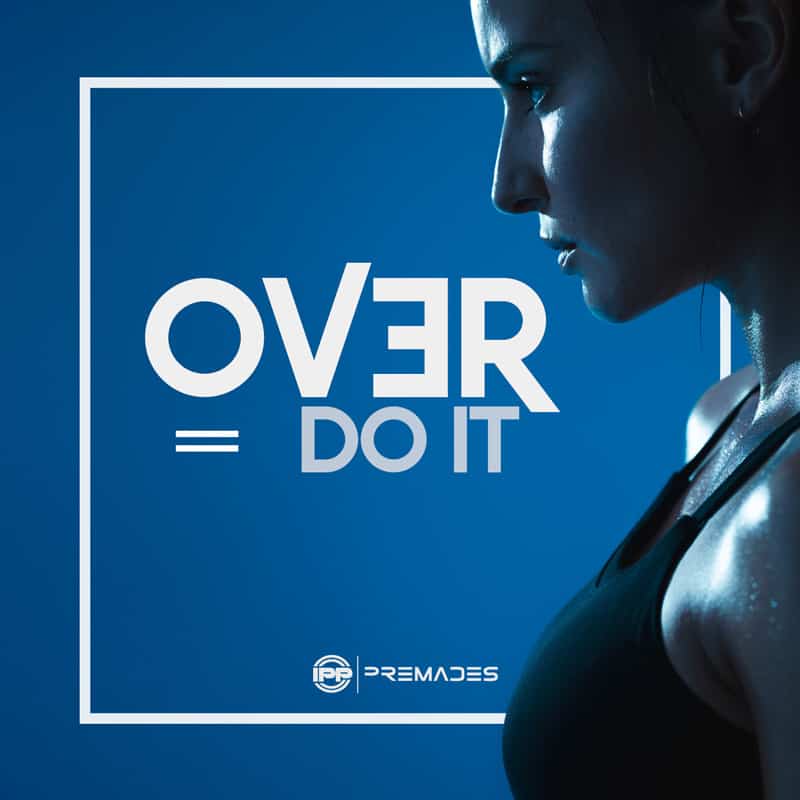By Steve Pawlyk
Published July 28, 2023
With the a new school year drawing near, cheer coaches are on the brink of the exhilarating phase of gathering their new squad and deciding on the captivating uniforms. If you’ve been visualizing your team’s trajectory, it’s time to deeply consider the qualities and skills your cheerleaders must possess to turn those dreams into reality. The selection process might seem daunting, but fear not. We’ve compiled an extensive guide encompassing 8 vital factors that are often overlooked but crucial during tryouts. Paying attention to these elements will streamline your journey towards a successful cheerleading season.
What to Look For:
1. Skill Level and Technical Mastery:
At the onset of tryouts, prioritize the level of expertise and technical know-how. It’s a given that not every aspirant will be a veteran cheerleader, and there may be a few newcomers needing more guidance than others. Regardless, the collective proficiency of your team plays a pivotal role in dictating your overall performance throughout the season.
- Gymnastic Ability: This includes cartwheels, round-offs, backbends, back handsprings, tucks, layouts, and fulls. Not every cheerleader needs to be an expert gymnast, but a basic understanding of gymnastics can provide a solid foundation.
- Stunting Skills: A cheerleader’s ability to either base or fly effectively is crucial. They should demonstrate strength, balance, and timing, whether they’re hoisting a teammate into the air, holding a formation steady, or executing precise moves in the air.
- Dance Technique: Dance is a fundamental aspect of cheerleading routines. Cheerleaders should exhibit understanding of rhythm, coordination, and the ability to follow choreography. They should be able to perform steps with precision and grace.
- Cheer Motions: The technical execution of cheer motions, such as High-Vs, T-motions, Low-Vs, Daggers, and Clasps, to name a few, should be sharp, tight, and accurate. Coaches often look for straight arms, correct angles, and symmetrical placement of arms in relation to the body.
- Tumbling: Tumbling is a spectacular display of a cheerleader’s skill level. From forward rolls and handstands for beginners to advanced moves like back handsprings, tucks, and aerials, tumbling adds a dynamic element to routines.
- Jumps: This encompasses toe touches, hurdlers, pikes, and other cheer-specific jumps. Coaches look for height, pointed toes, correct arm placements, and proper timing when assessing jumps.
- Understanding of Cheerleading Terminology: Being able to comprehend and respond correctly to cheerleading lingo is essential. This includes understanding different stunt names, jump types, and formation terminology.
Remember, a cheerleader does not need to master every skill to be a valuable member of the team. It’s about the balance of these skills and the cheerleader’s willingness to learn and improve that make them an asset to the squad.
For those coaches hesitant about entirely removing someone based on skill level, creating a junior varsity team to help less seasoned athletes refine their skills could be a thoughtful approach, especially for teams with a large number of senior participants.
If the departure of your senior members raises concerns about the future trajectory of your program, nurturing a junior varsity team can be a strategic move for continuous talent cultivation.
2. Precision in Execution:
Although precision may seem tricky to teach, its presence is highly distinguishable. A cheerleader who can demonstrate sharp, neat movements is a gem, even if their stunt performance needs further refinement. Over time, you’ll find polishing other aspects of your cheerleaders’ performances becomes simpler when they’re adept at the fundamental motions.
3. Elevation and Form in Jumps:
When assessing a tryout, my evaluation of jumps goes beyond mere height. I look for the degree of extension, referring not to how high a cheerleader leaps, but how elevated their legs are. Another critical factor is maintaining pointed toes during a jump. The habit of flexing toes during a jump can detract from a well-executed high jump with excellent extension, causing it to appear sloppy.
4. Infectious Energy:
Even a technically perfect cheerleader can become a dampener on the competition floor or the sidelines without genuine enthusiasm. Make sure each cheerleader understands the value of exuding high energy levels and cheering passionately for the school’s teams. This enthusiasm should contribute significantly to their tryout scores. Consider dedicating a section on the score sheet for evaluating a cheerleader’s spirit and zeal.
5. Confidence and Poise:
The importance of confidence cannot be understated for a cheerleading team’s success. A squad can radiate brilliance even with less challenging stunts and basic motions, provided they exude the right level of self-assurance. Reiterate to the tryout participants that a small mistake or a missed move will not necessarily sideline them from the team. Instead, the ability to recover quickly and confidently from a slip-up, all while wearing a smile, is equally important as nailing the correct moves.
6. Adaptability:
A vital yet often overlooked aspect is adaptability. Your cheerleaders must be able to adjust to sudden changes in routines or positions within the team. They should also exhibit flexibility in learning and performing different roles. This attribute will not only aid in routine practices but also in last-minute adjustments during competitions.
7. Teamwork and Attitude:
Beyond individual skills, assess each participant’s attitude towards teamwork. The spirit of unity and camaraderie can elevate a team’s performance and create a supportive atmosphere. Watch out for cheerleaders who display great listening skills, respect for others, and a willingness to help teammates, as they often make the strongest contributors.
8. Physical Fitness and Stamina:
Cheerleading is physically demanding, requiring strength, flexibility, and stamina. Evaluating these physical aspects ensures your team’s ability to perform energetic routines without easily succumbing to fatigue.
What NOT to get hung up on:
Tryouts are crucial for assessing potential cheerleaders’ skills and determining their compatibility with the team’s dynamics, but there are also certain elements that cheer coaches should not give excessive importance to. It’s essential to understand that a well-rounded cheerleading squad isn’t only about technical prowess but also about team spirit, resilience, and willingness to learn.
So here are a few things cheer coaches should avoid getting overly focused on:
1. Prior Cheerleading Experience: While previous experience can be beneficial, it’s not everything. Passion, willingness to learn, and natural athletic ability can often outweigh experience. Coaches shouldn’t disregard newcomers who show potential.
2. Perfection in Execution: While it’s essential to evaluate skill levels and techniques, remember that tryouts are a stressful environment, and even the most seasoned cheerleaders can make mistakes. Look for resilience and the ability to recover gracefully from errors.
3. Body Type or Physical Appearance: Cheerleading is for everyone, regardless of body shape or size. Coaches should focus on athletic ability, skill level, and potential rather than physical appearance. Team spirit and performance know no size or body type.
4. Social Popularity: A cheerleader’s popularity in school or community should not impact their evaluation. The cheerleading team is not a popularity contest; it’s about teamwork, spirit, and athletic ability.
5. Immediate Mastery of Advanced Skills: Not all cheerleaders will come in with advanced tumbling or stunt skills, and that’s okay. Coaches should focus on the potential for improvement and the cheerleader’s willingness to learn.
6. Uniform Fitting: The way a cheerleader looks in the current team’s uniform should not be a decisive factor. Uniforms can be altered, and everyone has a different body type that should be celebrated.
7. Personal Biases: Coaches should be aware of their biases and ensure they don’t influence their decisions. This could include favoring students from specific clubs, groups, or previous teams. Tryouts should be an equal opportunity for all.
Building a successful cheerleading team is about more than just skill—it’s about fostering a group of athletes who are passionate, dedicated, and work well together.
Tryouts are inherently stressful for both the coach and cheerleaders. But armed with knowledge of what to look for and what not to get hung on, assembling your new cheer team will go perfectly as a zero performance!
IPP's Premade Mixes are USA Cheer Compliant and customizable! Add Sound FX, swap songs, & more! Add your Team Name to the mix for only $10!









